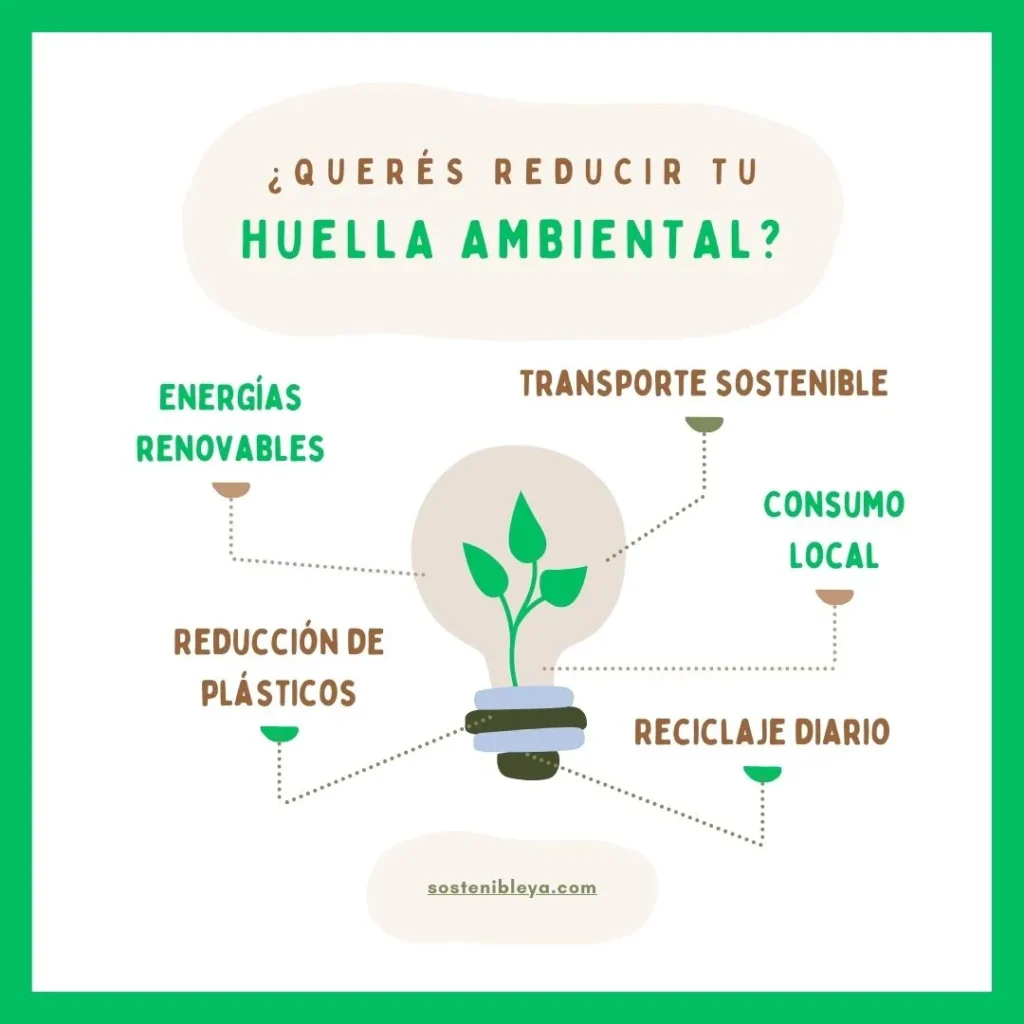The carbon footprint has become one of the most important indicators for measuring the impact of our activities on climate change. With the growing concern for sustainability and environmental protection, it is crucial to understand what the carbon footprint is, how it is calculated, and what we can do to reduce it. In this article, we break down all the necessary information to understand the relevance of this concept and its application in our daily lives.
What is the Carbon Footprint?
The carbon footprint measures the total amount of greenhouse gases (GHG) emitted into the atmosphere as a result of our daily activities, whether individual or business-related. These gases include carbon dioxide (CO₂), methane (CH₄), nitrous oxide (N₂O), and others. The goal of this indicator is to quantify environmental impact and provide a basis for implementing actions to reduce or neutralize emissions.
How is the Carbon Footprint Calculated?
The calculation of the carbon footprint is based on a relatively simple formula, which involves multiplying the consumption of an activity (e.g., electricity, transportation, etc.) by its corresponding emission factor. For accurate results, it is essential to consider all sources of both direct and indirect emissions, such as energy consumption and transportation.
- Direct emission sources: Use of fossil fuels for heating, transportation, etc.
- Indirect emission sources: Electricity consumption and its source (renewable or fossil).
Additionally, tools like the Carbon Footprint Calculator make this estimation process easier, allowing both individuals and organizations to measure and reduce their environmental impact.

What is the Purpose of the Carbon Footprint?
The main purpose of the carbon footprint is to measure the impact of our activities on climate change. With this information, we can identify which activities generate the most emissions and make informed decisions to reduce that impact. This indicator is used in various fields:
- Businesses: Organizations use the carbon footprint to analyze the impact of their production processes and improve their eco-efficiency.
- Governments: To design environmental policies and meet international agreements like the Paris Agreement.
- Individuals: It helps us understand how our everyday choices, such as car use or diet, contribute to global warming.
Did you know that the carbon footprint not only measures our daily emissions but also considers different types of emissions generated? If you want to learn more, we invite you to read the article What Types of Emissions Does the Carbon Footprint Include?
Factors that Influence the Carbon Footprint
Several factors influence the carbon footprint, all of which are related to resource consumption and energy use.
Energy Consumption
The electricity we use in our homes or workplaces is one of the largest sources of CO₂ emissions. If the energy comes from non-renewable sources like coal or gas, our carbon footprint will be higher. Choosing renewable energy sources, such as solar or wind power, is an excellent way to reduce emissions.

Transportation
The use of private cars, especially those running on gasoline or diesel, is another major contributor. However, we can reduce this impact by opting for public transportation, electric vehicles, or sustainable modes of transport like walking or cycling.
Food
Meat production is one of the largest contributors to greenhouse gas emissions, due to methane produced by livestock and the intensive use of resources. Reducing meat consumption or adopting a more plant-based diet can significantly lower an individual’s carbon footprint.
Tips to Reduce Your Carbon Footprint
Reducing our carbon footprint doesn’t require drastic changes, but small actions can make a big difference for the environment. Here are some key tips:
- Save energy at home: Unplug electronics when not in use and invest in energy-efficient appliances.
- Choose sustainable transportation: Use your bike more often or rely on public transportation.
- Consume responsibly: Opt for local and seasonal products, and reduce meat consumption.

Calculate Your Carbon Footprint
One of the best ways to start taking action is by calculating your own carbon footprint. Our Carbon Footprint Calculator allows you to easily measure your emissions and identify areas where you can reduce them. Click here to get started!
Conclusion
The carbon footprint is a vital tool for understanding the impact of our activities on the environment and climate change. Reducing it is not only possible but essential to ensuring a more sustainable future for the next generations. Whether by adopting renewable energy, using sustainable transportation, or adjusting our diet, every action matters..



